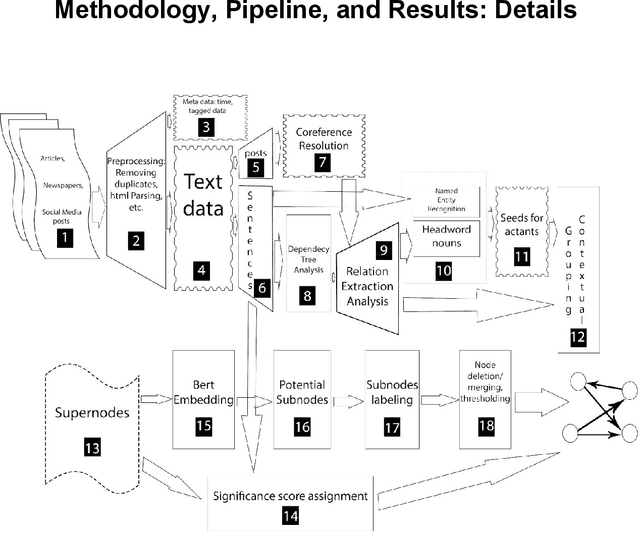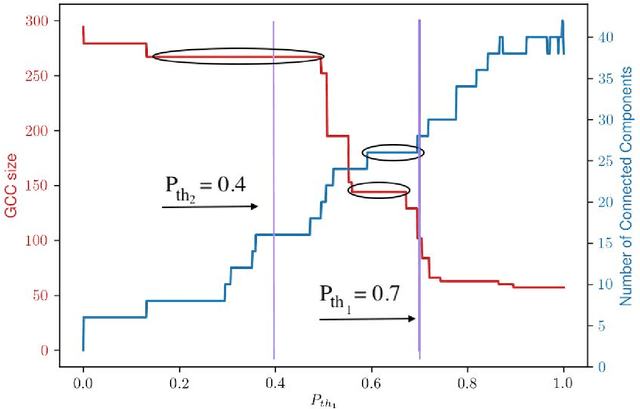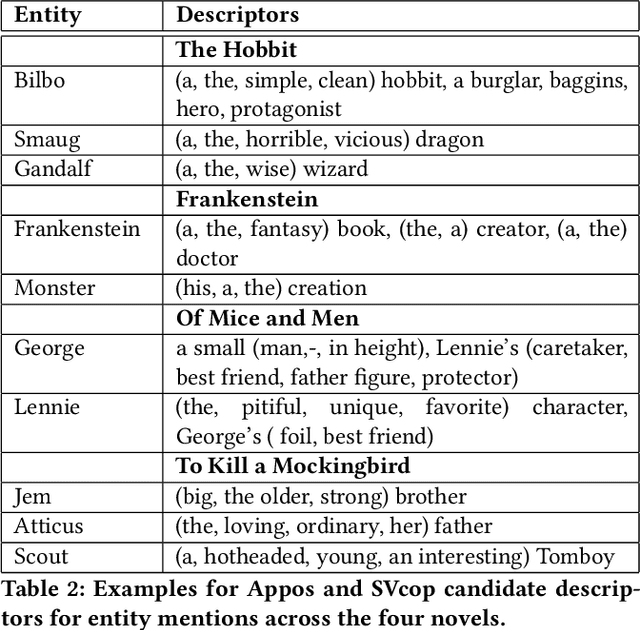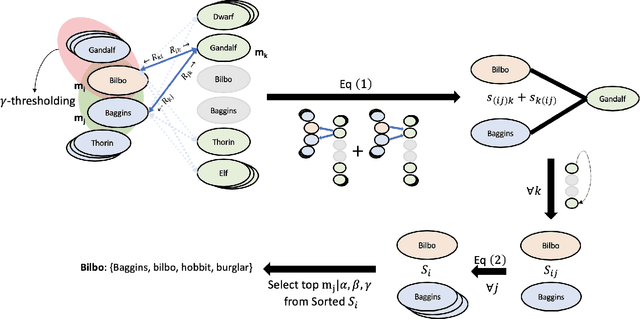Behnam Shahbazi
An automated pipeline for the discovery of conspiracy and conspiracy theory narrative frameworks: Bridgegate, Pizzagate and storytelling on the web
Aug 23, 2020

Abstract:Although a great deal of attention has been paid to how conspiracy theories circulate on social media and their factual counterpart conspiracies, there has been little computational work done on describing their narrative structures. We present an automated pipeline for the discovery and description of the generative narrative frameworks of conspiracy theories on social media, and actual conspiracies reported in the news media. We base this work on two separate repositories of posts and news articles describing the well-known conspiracy theory Pizzagate from 2016, and the New Jersey conspiracy Bridgegate from 2013. We formulate a graphical generative machine learning model where nodes represent actors/actants, and multi-edges and self-loops among nodes capture context-specific relationships. Posts and news items are viewed as samples of subgraphs of the hidden narrative network. The problem of reconstructing the underlying structure is posed as a latent model estimation problem. We automatically extract and aggregate the actants and their relationships from the posts and articles. We capture context specific actants and interactant relationships by developing a system of supernodes and subnodes. We use these to construct a network, which constitutes the underlying narrative framework. We show how the Pizzagate framework relies on the conspiracy theorists' interpretation of "hidden knowledge" to link otherwise unlinked domains of human interaction, and hypothesize that this multi-domain focus is an important feature of conspiracy theories. While Pizzagate relies on the alignment of multiple domains, Bridgegate remains firmly rooted in the single domain of New Jersey politics. We hypothesize that the narrative framework of a conspiracy theory might stabilize quickly in contrast to the narrative framework of an actual one, which may develop more slowly as revelations come to light.
An Automated Pipeline for Character and Relationship Extraction from Readers' Literary Book Reviews on Goodreads.com
Apr 20, 2020



Abstract:Reader reviews of literary fiction on social media, especially those in persistent, dedicated forums, create and are in turn driven by underlying narrative frameworks. In their comments about a novel, readers generally include only a subset of characters and their relationships, thus offering a limited perspective on that work. Yet in aggregate, these reviews capture an underlying narrative framework comprised of different actants (people, places, things), their roles, and interactions that we label the "consensus narrative framework". We represent this framework in the form of an actant-relationship story graph. Extracting this graph is a challenging computational problem, which we pose as a latent graphical model estimation problem. Posts and reviews are viewed as samples of sub graphs/networks of the hidden narrative framework. Inspired by the qualitative narrative theory of Greimas, we formulate a graphical generative Machine Learning (ML) model where nodes represent actants, and multi-edges and self-loops among nodes capture context-specific relationships. We develop a pipeline of interlocking automated methods to extract key actants and their relationships, and apply it to thousands of reviews and comments posted on Goodreads.com. We manually derive the ground truth narrative framework from SparkNotes, and then use word embedding tools to compare relationships in ground truth networks with our extracted networks. We find that our automated methodology generates highly accurate consensus narrative frameworks: for our four target novels, with approximately 2900 reviews per novel, we report average coverage/recall of important relationships of > 80% and an average edge detection rate of >89\%. These extracted narrative frameworks can generate insight into how people (or classes of people) read and how they recount what they have read to others.
 Add to Chrome
Add to Chrome Add to Firefox
Add to Firefox Add to Edge
Add to Edge